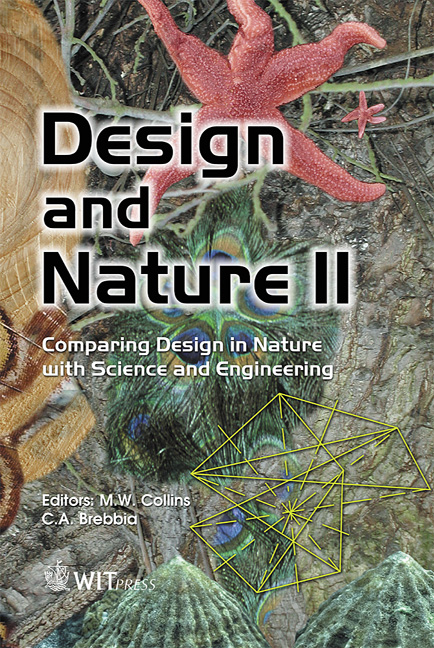Complexity In Architecture: A Small Scale Analysis
Price
Free (open access)
Transaction
Volume
73
Pages
10
Published
2004
Size
1,327 kb
Paper DOI
10.2495/DN040041
Copyright
WIT Press
Author(s)
N. Sala
Abstract
For many centuries, architecture found inspiration in Euclidean geometry and Euclidean shapes (bricks, boards), and it is no surprise that the buildings have Euclidean aspects. Nature is fractal and complex, and nature has influenced the architecture in different cultures and in different periods. Complexity is the property of a real-world system that is manifest in the inability of any one formalism being adequate to capture all its properties. The complexity is also the theory of how emergent organisation may be achieved by the interaction with components pushed far from equilibrium (by increasing matter, information, or energy) to the threshold between order and disorder (chaos). This threshold is where the system often interacts in a new non-linear way. Modern architects study the complexity and the fractal geometry to create a new kind of buildings
Keywords





